Dateline 1943! Universal Pictures is on a roll with its monster features! Dracula took a bite out of the box office! Frankenstein cobbled together a hit! And the Wolf Man transformed into box office gold! There’s no way they can keep this streak going! What’s this? A new picture with all the monsters at once? More is better I always say! What could possibly go wrong?
Throughout the 1930s Universal became synonymous with the monster movie, and the creatures they featured became the standard monster roster. But by the 1940s popularity began to wane, so a desperate studio did what all desperate studios do when faced with declining returns – they went back to basics, re-defining what made the genre popular in the first place and meticulously crafted well-made, artistic films…
NO! What they did was to throw all the IP together into rushed, half-assed movies hoping no one would notice. Now, to an 8-year-old watching these later movies on Saturday afternoons on his local UHF channel, these were brilliant – the pinnacle of greatness. But to the same kid years later watching as an adult…not so much.
Flash forward to the 1970s and those Universal Monsters had a bit of a renascence – especially in comics. At this time the comic’s code was being relaxed and the creatures – Dracula, Frankenstein, the wolf man, etc. – were now in the zeitgeist and came to be seen as THE defining ideal of what a horror monster was. And both Marvel and DC each had their own take on them. Marvel was the first to do a team-up with the Legion of Monsters, and DC would follow in 1980 with Creature Commandoes.
Creature Commandoes was created by writer J. M. DeMatteis and artist Pat Broderick and appeared in the anthology comic Weird War Tales. Set during WW2 the team consisted of the standard movie monsters but with a twist – instead of the actual classic monsters these were soldiers transformed through science to look and behave like those classic monsters. And were sent on dangerous missions behind enemy lines to create havoc and be very, very sad while doing it.
The team members were: Sgt. Vincent Velcro, a criminal turned vampire who can change into a randomly sized bat and is imbued with the power of snark. Pvt. Elliot “Lucky” Taylor, a Frankenstein monster who just wants to be loved, remember always use quotes when writing “Lucky”. Warren Griffith was a timid boy who becomes a powerful werewolf who just can’t keep it up…being a werewolf that is. Later they will be joined by Dr. Myrna Rhodes a smart, talented woman with snakes in her hair who really should be the leader except for her being a girl and all. But the team is actually led by Lt. Matthew Shrieve an idiot whose superpower is being an ass.
The initial stories were written by DeMatteis and drawn by Broderick, before being replaced by Robert Kanigter and Fred Carrillo. The stories are episodic in nature. A typical story would begin with the team being assigned a mission, getting insulted and ridiculed by their commanding officer, encountering some truly bizarre things, and finding a violent way of solving the mission, before being forced to confront the horror of their own existence while being taunted by their commanding officer. It cannot be adequately stated just how much of an ass the character of Lt. Srieve is.
The ideas, and themes, and issues Creature Commandoes attempts to tackle are truly interesting and provocative. And the twist on the monster genre is innovative in many ways. However the comic does suffer from being repetitive and a tendency to fall back on clichéd writing, and leans too heavily on well-worn tropes and a superficial depiction of serious and traumatic events.
That aside, this comic has its merits. And it can be a lot of fun for the sheer goofiness of its premise, and the audacity for even attempting it. And if you read Creature Commandoes with the eyes of an 8-year-old watching movies on UHF channels…it’s pretty good.
This article originally appeared as the introduction to episode 90: Creature Commandoes.
The Collected Edition is a comic book podcast where the hosts discuss the famous and infamous runs and story arcs throughout the history of comics. Please subscribe to the show on Apple Podcasts, Sticher, IHeartRadio, and Spotify.



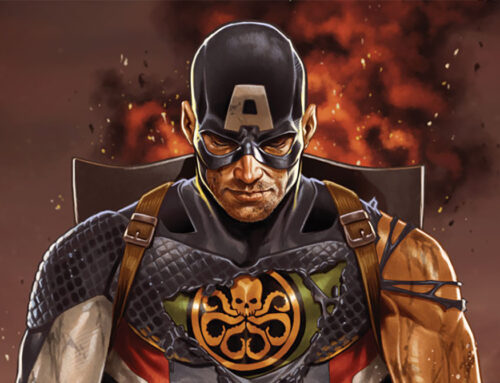
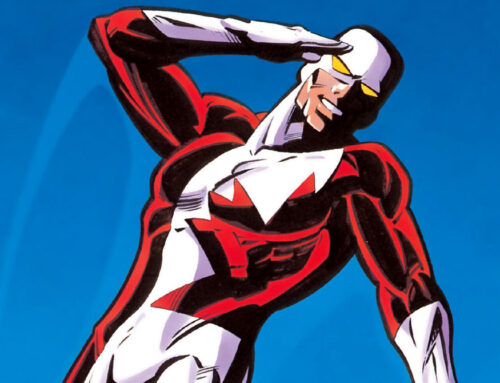
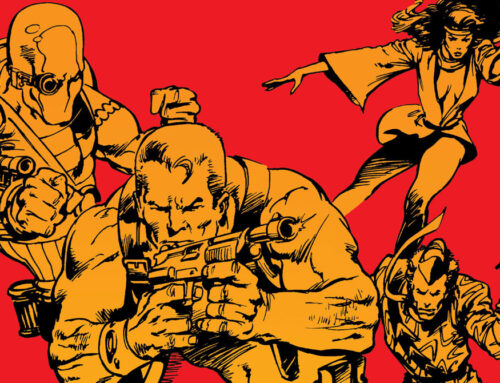

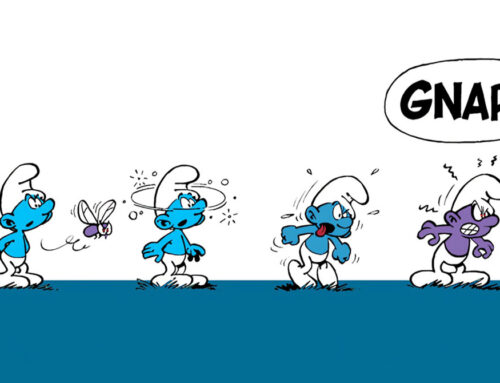


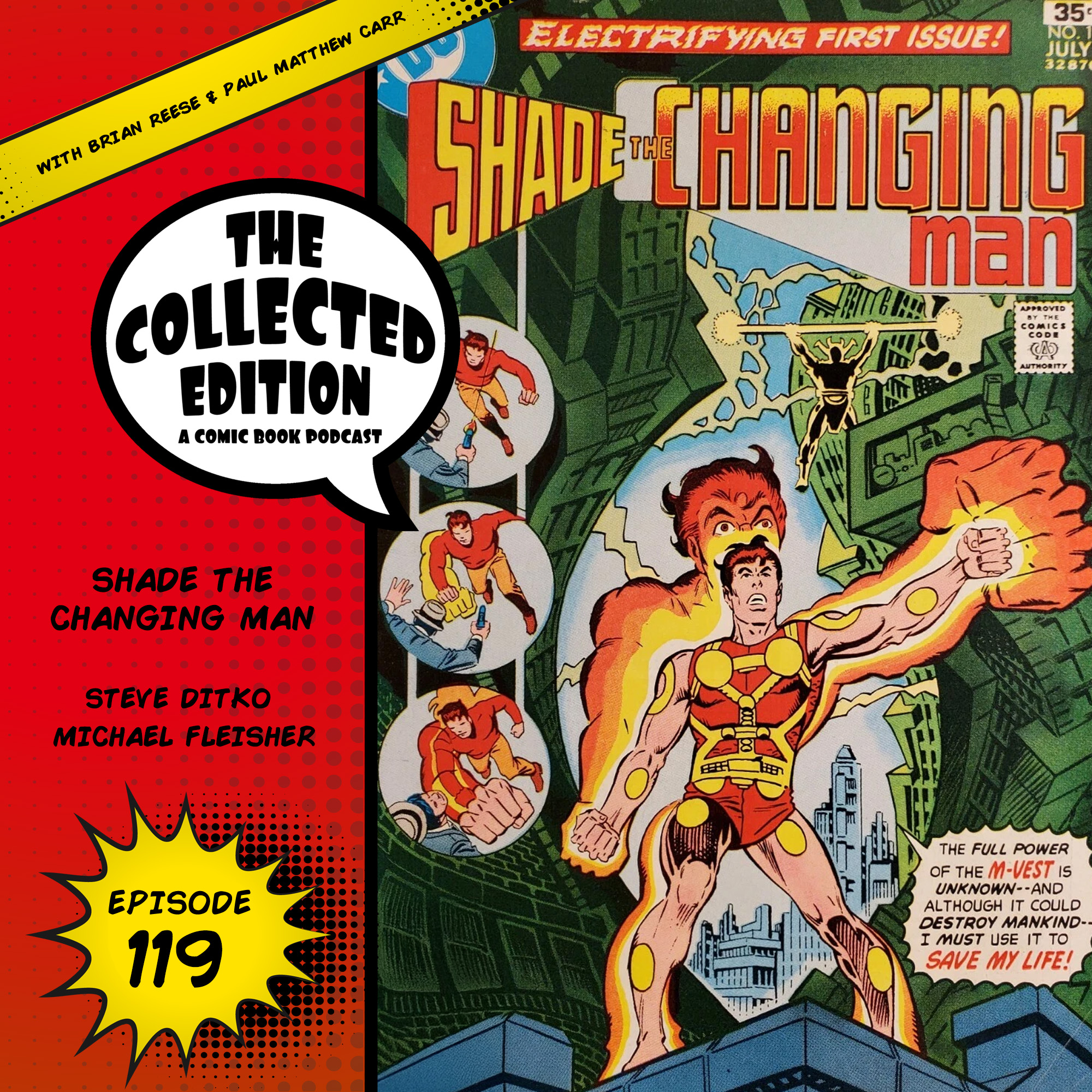



Leave A Comment